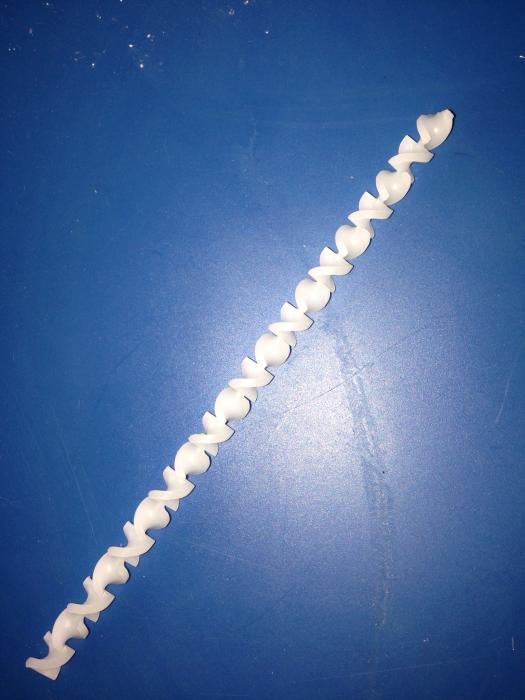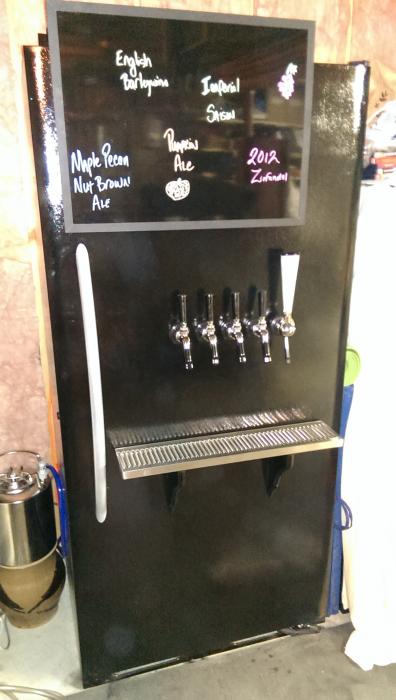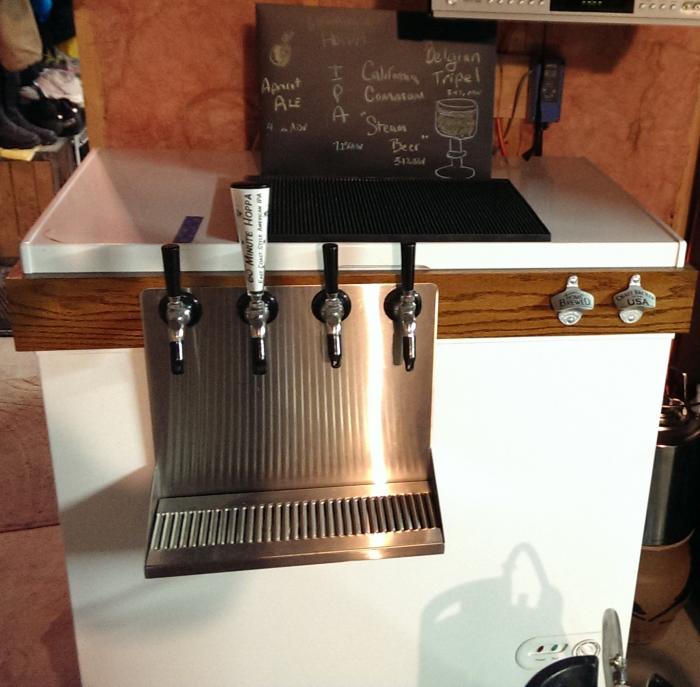pgerickson
New Member
- Joined
- Nov 6, 2013
- Messages
- 3
- Reaction score
- 0
I've just kegged my first double IPA. My kegerator temp is 42 degrees and my tap line is 3 feet. My psi is set at 10 but I am getting nothing but foam! It will eventually settle to a half glass of good beer put pouring is a nightmare. Is it too warm? Too high pressure? I have tried adjusting with no result. PLEASE HELP





